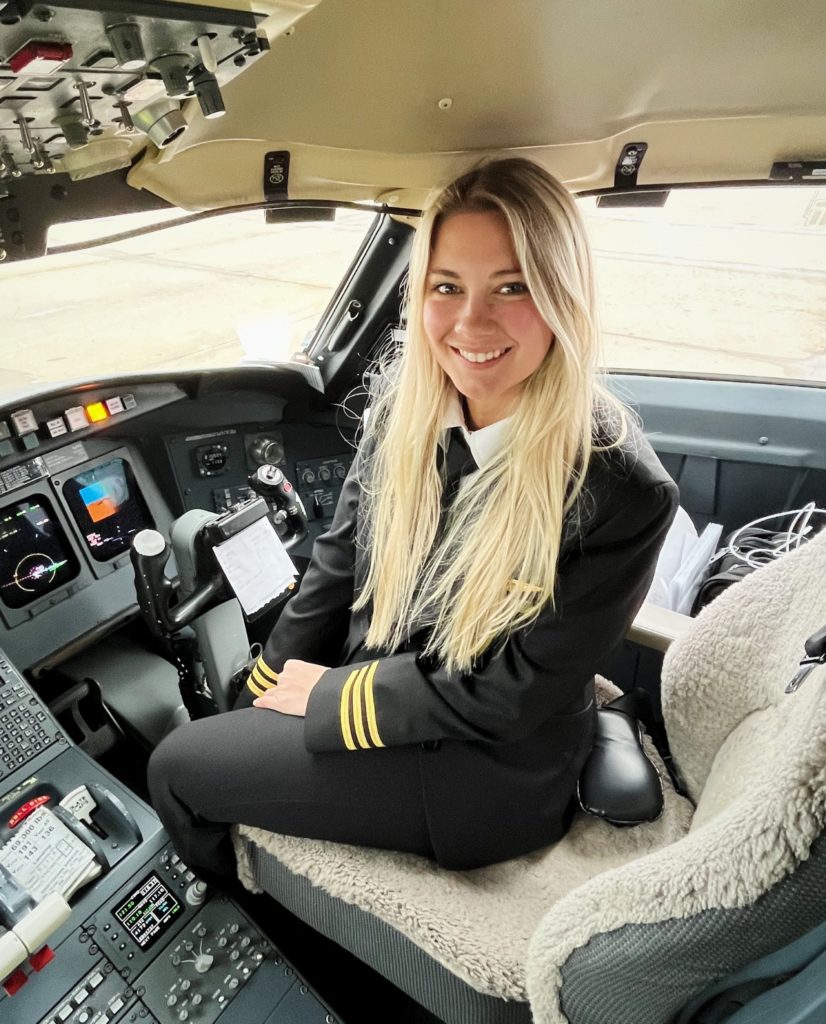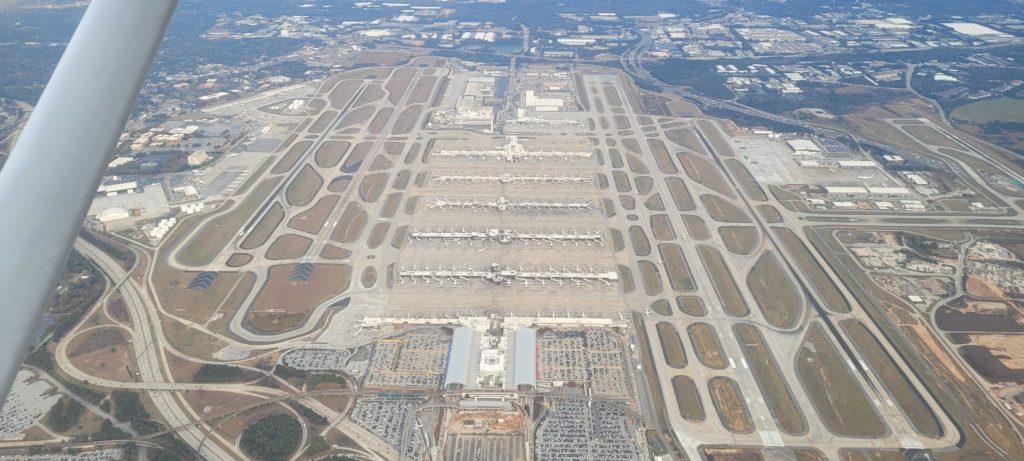Flying a plane is a tremendous undertaking. Fortunately for the Captain, they don’t have to handle this challenge alone. They have their First Officer (FO), the second in command (SIC) to them to help navigate and operate the flight. Let’s take a look at what exactly a First Officer is, and what their responsibilities entail.
What Is the Difference Between a Captain and a First Officer?

The pilot, or Captain, is first-in-command of the aircraft, meaning that they have the final say in all decisions regarding its operation. On the other hand, the First Officer is the second-in-command. They are there to support the captain in any way necessary. While both the captain and first officer hold an Airline Transport Pilot License, the captain brings additional years of experience to the role, having progressed through the ranks. The First Officer position offers pilots an opportunity to gain experience in commercial aviation, preparing them for a future advancement to captain. This career progression ensures continued mentorship and growth within the flight deck, benefiting both the crew and passengers.
What Is the First Officer’s Job on a Plane?
The First Officer is essentially the Captain’s “right-hand man” in the flight deck, and has several responsibilities to ensure a safe and successful flight. Beginning with a thorough pre-flight procedure, A FO works in tandem with the Captain. They manage flight plans, adhere to aviation regulations, and assist with communication and navigation to help bridge the gap between the aircraft and air traffic control. A First Officer is not just the Captain’s co-pilot; they’re problem solvers, ready to handle any situation that may arise in the flight deck.
Pre-Flight Procedures
The First Officer has a list of pre-flight checks that they must complete before the plane takes off. Arguably the most important of these are the safety checks. The First Officer ensures that all instruments and equipment are in good working order, confirming that the plane is capable of making a safe flight.
The First Officer is also responsible for reviewing the flight plan. This includes:
- Checking what type of weather they will encounter.
- Checking that the length of the runways are sufficient for departure and arrival.
- Making an alternative flight plan in case of issues with the original.
- Calculating the necessary fuel and ensuring the plane has enough.
- Considering potential traffic delays.
Finally, the first officer is responsible for coordinating with the crew of the aircraft. This means informing the crew of all flight details and confirming that all crew are capable of performing their duties.
In-Flight Monitoring
The First Officer’s duties don’t end when the plane takes off. During the flight, the first officer is responsible for monitoring aircraft systems to ensure that nothing is going wrong. They are also responsible for communicating with air traffic control, updating them on the plane’s location, course, and estimated time of arrival.
Alternating with the Captain
It’s not just the Captain who gets to fly the plane, the First Officer gets their chance as well. How often they alternate will depend on the type of flights they are conducting. If their schedule consists of shorter, domestic flights, then the captain and first officer will typically alternate who is flying every other flight. On longer, international flights, the First Officer will take over flying at some point, allowing the captain to get their rest time in. It should be noted that the First Officer will also fly the plane should the captain become incapacitated, either from a medical issue or anything else that renders them unable to safely operate the aircraft.

Decision Making
Not every flight goes completely as planned. Sometimes, circumstances change due to inclement weather, new information from air traffic control, or alerts from the Airborne Collision Avoidance System. When this happens, decisions must be made on what actions to take, including:
- Whether or not to engage in avoidance maneuvers.
- Whether or not to change course.
- What landing maneuvers are best for the situation.
Regardless of what decision must be made, the first officer will help the pilot make it. This includes discussing the options with the Captain and giving opinions on which option the first officer thinks is best. All decisions must be made with the mindset of balancing safety and passenger comfort, with safety always taking precedent if both cannot be achieved. While the First Officer offers input and helps make the decision, the Captain always has final say.
How Long Do You Stay a First Officer Pilot?
There is no guaranteed length of time in which this will happen. How long it takes to become a captain depends on a number of factors including:
- Airline You Work For: Major airlines often have a certain amount of time they like they’re pilots to be First Officers before they will consider making them a Captain. This usually ranges between 5 and 12 years.
- Competency: Even if a pilot reaches the amount of time required as First Officer, it is not a guarantee they will be made a Captain. They must also show that they are competent enough to be given that responsibility. This includes their ability to operate the aircraft as first in command, as well as possessing other skills such as leadership and remaining calm under pressure.
- Number of Openings: Even if a pilot is completely qualified and ready to be a Captain, that won’t matter if there are no openings. An airline only needs a certain number of Captains. If there are no openings, they will have to wait until a Captain retires or the airline decides they need more.
Pilots are likely to progress from First Officer to Captain overtime, however the continuation of honing their skills is required. The journey to becoming a Captain begins with the role of First Officer, serving as a crucial stepping stone in a pilot’s career. To begin the journey to First Office and eventually to Captain, contact Superior Flight School for more information regarding their flight training programs at admin@superiorflight.com.
